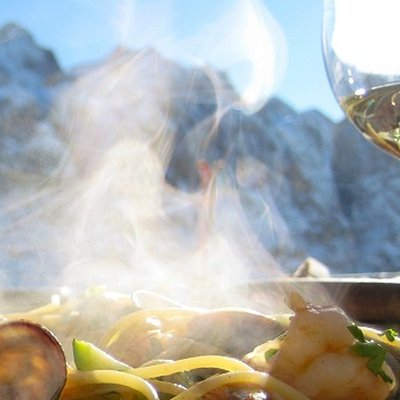Loon Mountain - Welcome To Timbertown

Loon is ready for the season with major enhancements.
11 New Trails The South Peak expansion adds eleven trails and one four-person chairlift to the resort, increasing Loon's skiable terrain to over 400 acres, 12 lifts and a vertical drop of 2,190 feet—making it the longest in New Hampshire.
The thirty acres of new terrain features eleven new trails, including two tree-skiing areas, which cater to beginner and intermediate ability levels. Over 60 percent of the terrain being added is green level with the remainder rated More Difficult. The trail names are derived from the rich logging history of the region.
Team members were also invited to put their best foot forward in naming the new trails, coming up with over 100 creative ideas. After much deliberation, three names were chosen: Stinger, Sidewinder, and Chipper.
“These winding and wide-open trails are purposefully designed for guests learning to ski or snowboard. Terrain like this does not currently exist at Loon and I’m excited to finally be able to offer this to our guests.” Said Brian Norton, Loon's president and general manager.
Servicing the new terrain will be Timbertown Quad, South Peak’s new Doppelmayr Alpenstar 4-CLF chairlift. Conveniently located one-half mile from Main Street and a mile more from Interstate 93, the Timbertown Quad will provide guests direct lift access from the Escape Route parking lots, and will transport skiers and riders 486 feet in approximately 6 minutes. Featuring a loading conveyor, the lift will also provide ease of loading and will service the new terrain.
Fully automated and semi-automated snowmaking is being installed at the South Peak expansion area. Six trails will have the snowmaking completed before the upcoming winter season, and the rest of the installation will be finished in fall 2024.
For each tree removed from property, more will be planted thanks to One Tree Planted. Loon has made a donation to this organization which is one of the U.S. National Forest’s official reforestation partners. This ensures that more trees are planted than were removed from the site. Some of the lumber was chipped and sent to a local biomass plant to be converted to energy while the rest was sent to local mills.













